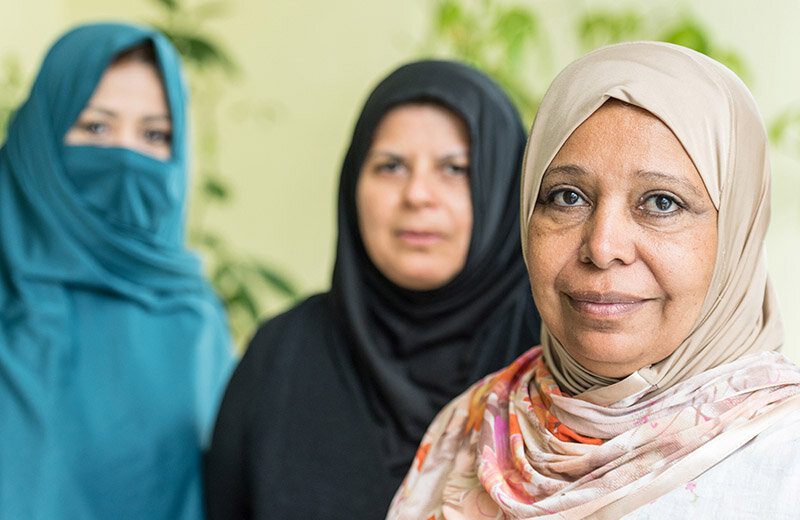Shia women’s religious rituals in Iraq are affected by the notion of a split between public and private worlds was a common paradigm in the mid–twentieth century that was used to describe the behavior of men and women in Middle Eastern society. The woman’s world was supposedly the private world, the world of the family, a world not opened easily to strangers, a world where, it was granted, women might have had some domestic authority, or at least “influence”. Man’s world on the other hand, was the public world, the world of politics, the market place, more open to strangers and new ideas, the world where “real power” as well as perhaps even real “influence” was exerted in wider, less domestic, and, by inference, more important, domains.
This division was also obvious in Shia women’s rituals in Iraq. To illustrate this contention, we would like to look briefly but closely at a little-studied phenomenon in this Middle Eastern society. Ritual is viewed as a statement, a signification, in which something of importance can be given symbolic recognition, sometimes through reversing and inverting the ordinary order of things. We have chosen to focus on some specific Shia women’s religious rituals in Iraq which are based on vowing, fasting, and shared feasts of thanksgiving: Feast of Zachariah, Sawm al-Banat, Chay al-Abbas, and the Ziyarat Salman Pak.
The Feast of Zachariah
The Feast of Zachariah was witnessed in 1957 in Daghara, southern Iraq (EWF). It was a shared feast following a one-day fast. A woman made a vow. “If such and such is granted to me, I will fast for one day and then hold a feast on Zachariah’s day.” The women were generally married, though an unmarried woman who was older (late twenties or thirties, functioning as head of a household) could also make the vow. This wish was for something important, such as the return of a parent’s, children or spouse’s health, the conception of a son, or an improvement in the family’s fortunes.
Sawm al-Banat
Sawmal-Banat, literally, “the girls’ fast” usually took place near the time of Nowruz (the Iranian New Year’s Day). It was for unmarried girls, usually those who had reached the age of puberty and above. A girl made a vow: “If such and such is granted to me, I vow to fast for one day.” The request could be for something as simple as passing an examination in school, or for more difficult things such as an improvement in a parent or sibling’s health or the hope that a marriage would be contracted with some particular cousin or admired youth. Her father would go out to buy the things required for the futur. The futur was prepared, plus a tray appropriate for the ritual, on which were placed lighted candles, powdered henna, dried leban (yogurt), a bar of a special soap from Aleppo, a loaf of bread, candies, nuts, and a copy of the Qur’an. The futur was a happy occasion. Friends, relatives, and neighbors (all female) were invited to the house of the girl who had made the vow, to share the goodies on the tray.
Taken from THE WOMEN OF KARBALA editted by Kamran Scot Aghaie
